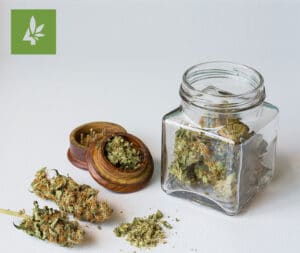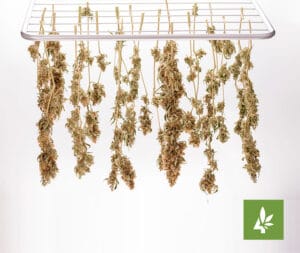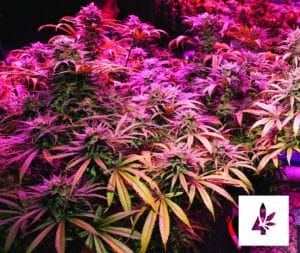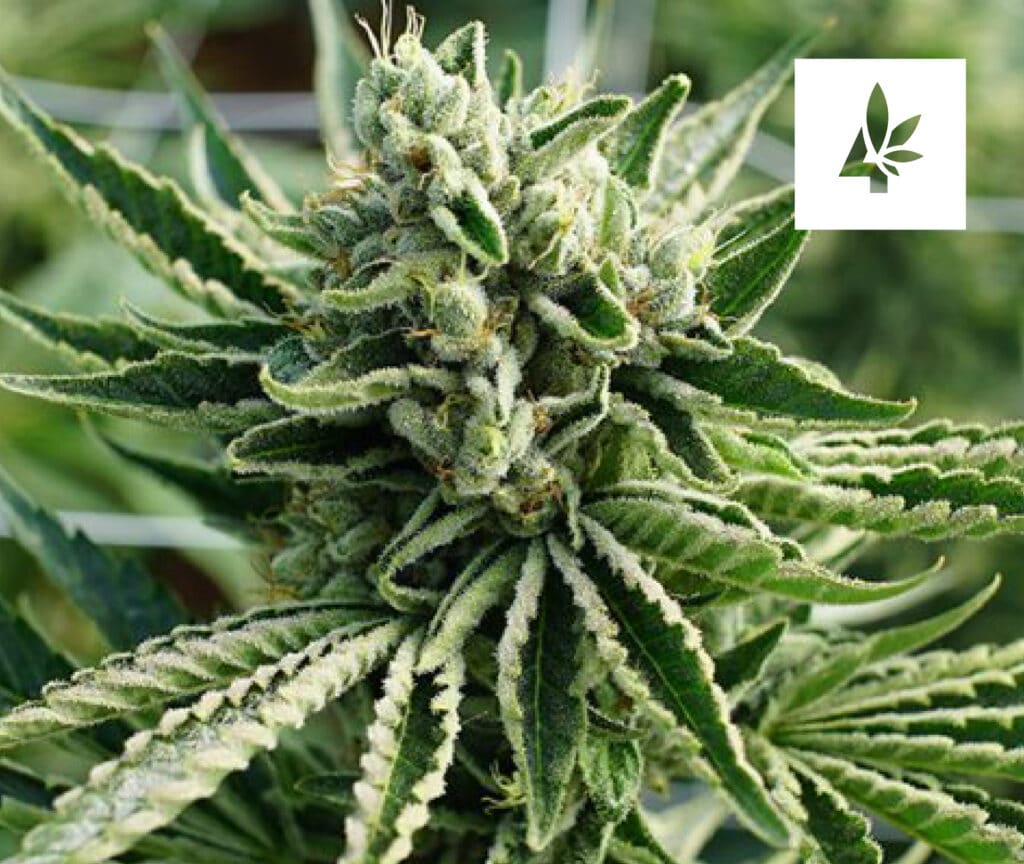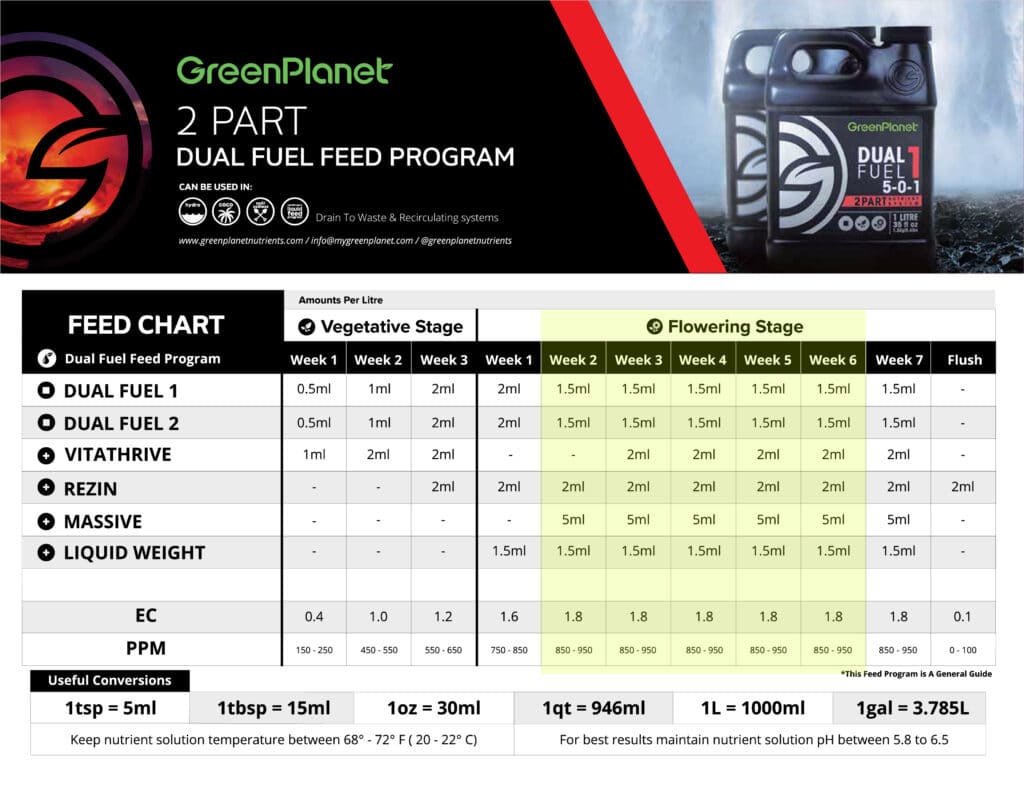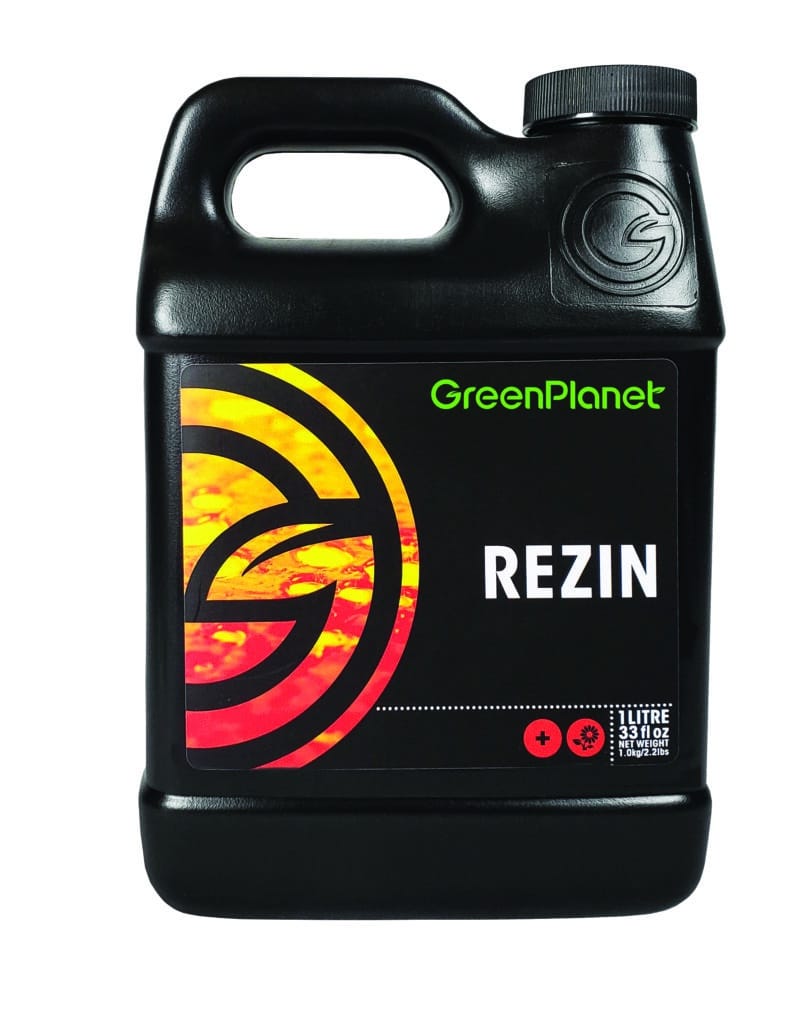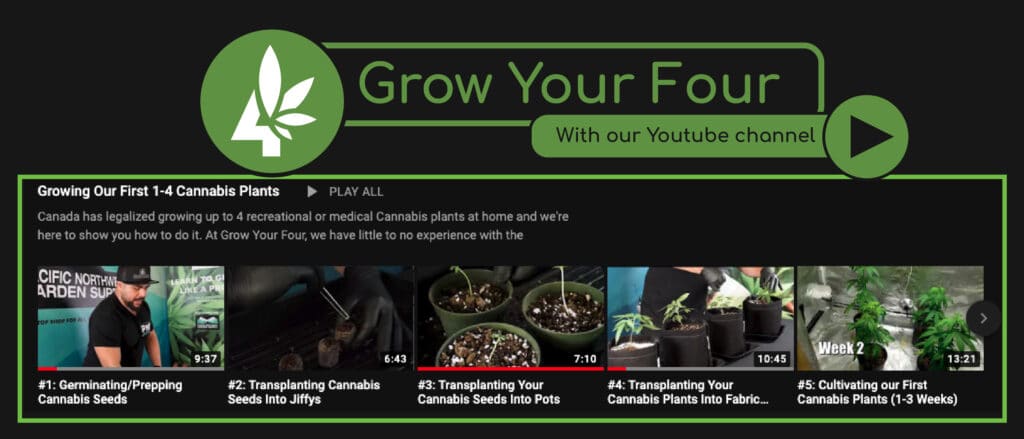If your plants are exhibiting flowers, it’s time to consider some of the factors that enhance yields during this stage of growth. Mid-flower is an important time for bud development. From weeks 2-6, your crop will put on the majority of its size and weight. So, it’s crucial to understand some of the factors that go into maximizing your crop’s full potential. For the best results during the flowering stage, read the passages below for more information on yield-enhancing tips, tools, and techniques.
Overview of Mid-Flower (Weeks 2-6)
By the second week of flower, your plants will have developed their first flowers called “bud sites”. These flowering sites will likely be small, popcorn-sized buds with thick, milky white pistils. In the following weeks, these small, unassuming buds will be the site of increased flower development. Since your canopy has direct access to light, the first and most pronounced bud sites will bloom on your plant’s highest point, and later spread down the branch of the plant, creating a fully formed and establish cannabis cola. By week six, your plant’s flowers will have reached their full size, new colors will emerge, and their once milky pistils will begin to develop a soft, yellow glow; the final stage of ripening, hardening, and maturation will follow.
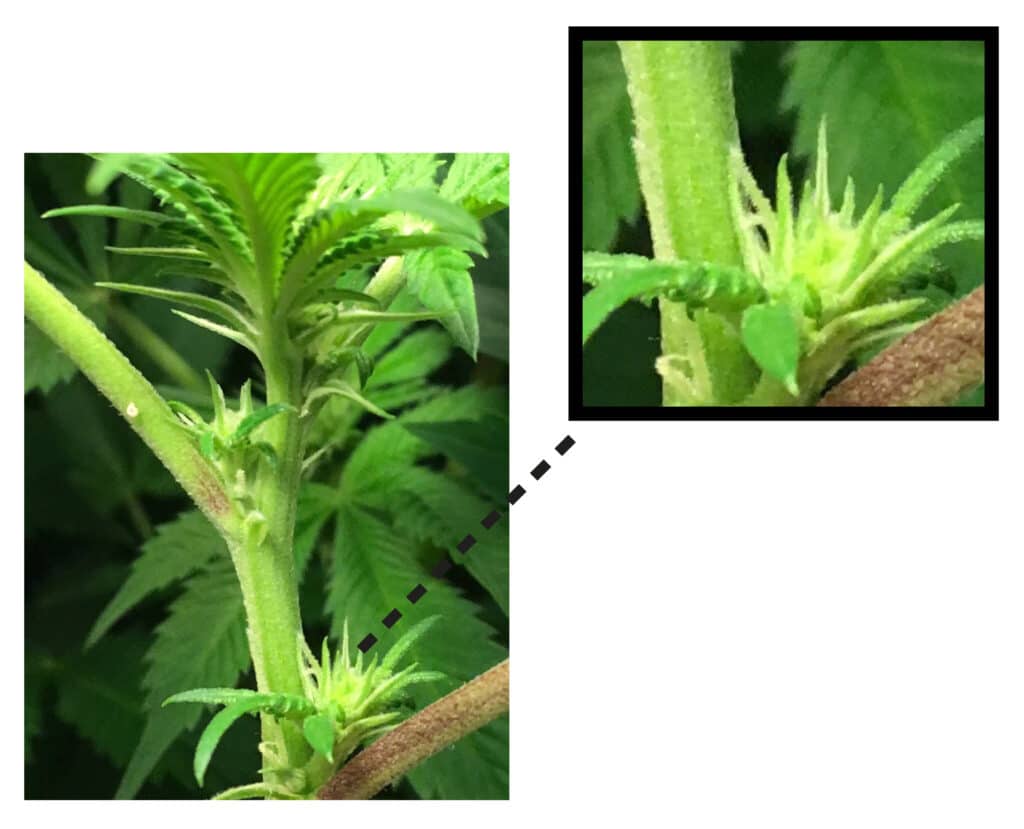
Stages of Weeks 2-6 of the Flowering Period

Weeks 2-3
- The first development of “bud sites”
- Popcorn sized buds
- Thick, milky white pistils
- The final week of plant stretching
Weeks 4-5
- Increased flower growth
- Cola formation
Week 6
- Full flower development
- Bud maturation and hardening
- Bud coloration
- Yellowing pistils
The flowering stage might not require as much action as the vegetative period (transplanting, shaping, etc.), however, it’s not as simple as “setting and forgetting” your plants – there are still vital environmental and dietary requirements to manage on a week-by-week basis. Read on to learn more about some of the factors that enhance yields during the flowering stage.
Factors that Enhance Yields During the Flowering Stage
1.) A Consistent Environment
Plants love consistency. Just as the vegetative stage has specific environmental parameters, so does the flowering period. Flowering cannabis plants will thrive in an environment of approximately 80 degrees Fahrenheit (27C) with relative humidity (RH) percentages of 50-60%. Nighttime temperatures/humidity should also be managed, with an environmental differential of no more than 10 degrees Fahrenheit and 10% RH. While these conditions are averages, it is recommended that your environment is kept at the lower end of the spectrum. Issues like fox tailing, heat/light stress, powdery mildew, or even bud rot can arise if your grow room exceeds these environmental standards.
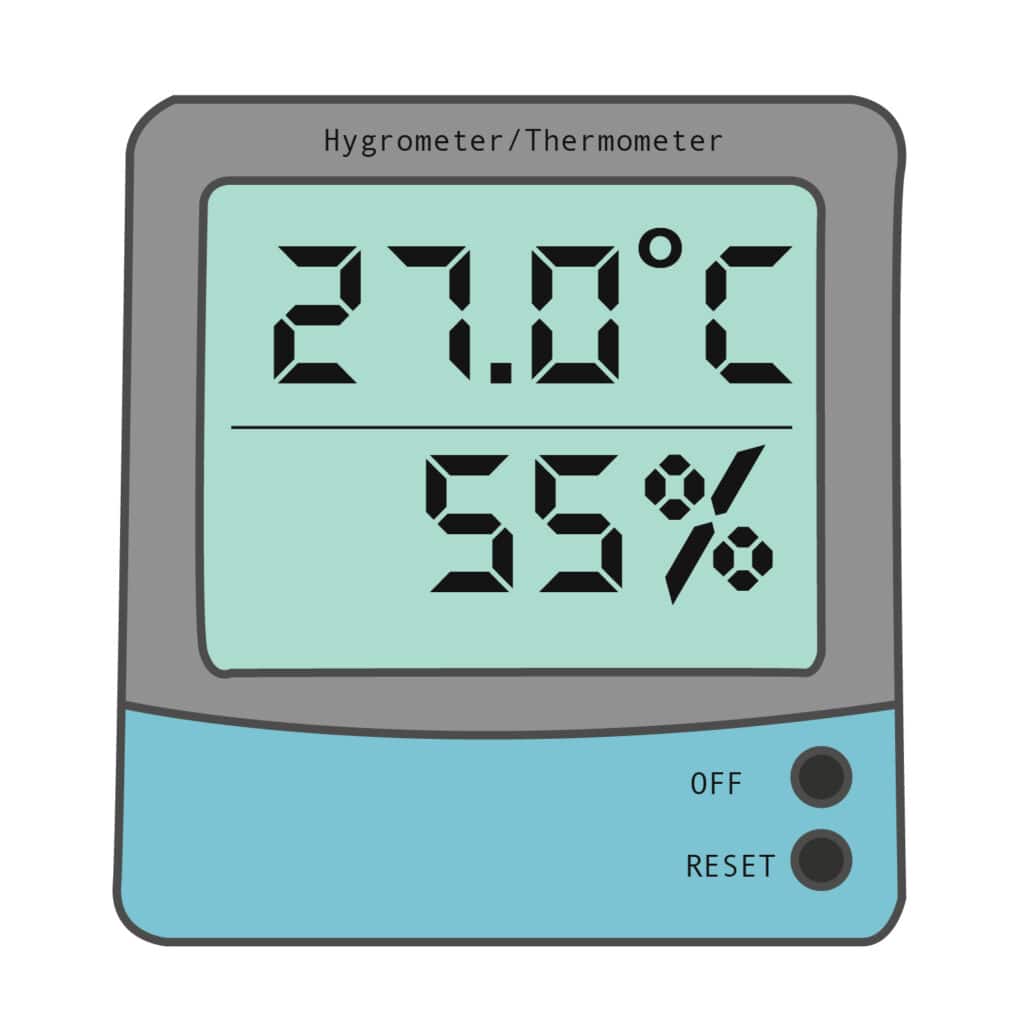
2.) A Stable Feeding Routine
Much like a stable environment, flowering plants crave a consistent and balanced diet. If you’re using a specific feeding program, attempt to follow its guidelines as you move through the flowering stage. Feeding programs are like a recipe – their performance is maximized if the prescribed method of feeding is followed. So, by sticking to the recommended guidelines, you can ensure your plants will be fed consistently with measured and tested amounts of minerals.
However, if you’re mixing and matching fertilizer, consider adding a well-reviewed bloom booster to your feeding regiment. Blooming supplements usually contain excess amounts of phosphorus (P) and potassium (K), two elements that are essential for the development of large, fully formed flowers.
3.) Adequate Access to CO2
Plants must have adequate access to CO2 in order to photosynthesize light. In an outdoor setting, fresh air will be sufficient to supply plants with essential amounts of carbon dioxide. In an indoor garden, however, we must manipulate our space in order to fill it with CO2. There are two ways to supply the garden with CO2; by intaking and exhausting fresh air, or, by supplementing additional sources of CO2. Additional sources of CO2 include bottled CO2 injection, burned propane/natural gas (not suitable for every garden), or passive CO2 supplements like TNB Enhancer or Exhale Bags. If you’re growing in a sealed environment, any one of the options above will supply your plants with an adequate amount of CO2.
Tip: CO2 comprises 45% of dry plant matter. So, more CO2 in the garden equals more dry weight!
4.) Aroma, Trichome and Yield Enhancing Supplements
Every gardener wants to produce cannabis with a unique appeal. Lucky for us, there are specific supplements designed to enhance the natural qualities of cannabis plants. GreenPlanet’s Rezin, for example, is a product like no other. Known to enhance the trichome density of flowering cannabis plants, Rezin increases the potential for essential oil production, terpene quality, and trichome density, thickness, and volume. Best of all, Rezin will not increase the PPM of your nutrient solution. This means that you can continue to enhance the quality of your crop in every stage of the flowering period.
5.) Monitor and Inspect your Crop
Since you’ve made it this far, it’d be a shame to let your crop go downhill. To ensure quality control throughout the flowering period, monitor and inspect your crop for things like plant disease, pests, PPM/pH issues, and environmental consistency. Here are some of the easiest ways you can inspect for these potential issues on a weekly (or more) basis:
How to Inspect for:
a.) Plant Disease – Powdery mildew (PM) and bud rot are two of the most common and destructive diseases growers may experience in the indoor garden. These issues are likely caused by two factors: weak, tired genetics, and/or high or unstable levels of temperature and humidity. For the best defense against PM and bud rot, use stable genetics, and provide them with a consistent environment; and, notice the signs of plant disease early. PM will appear on the broad fans leaves of cannabis plants as small white splotches of mold, later spreading into larger pieces of mold that will quickly consume the plant. Bud rot is even easier to identify: watch out for soft, fuzzy flowers that have chunks of mold in their center.
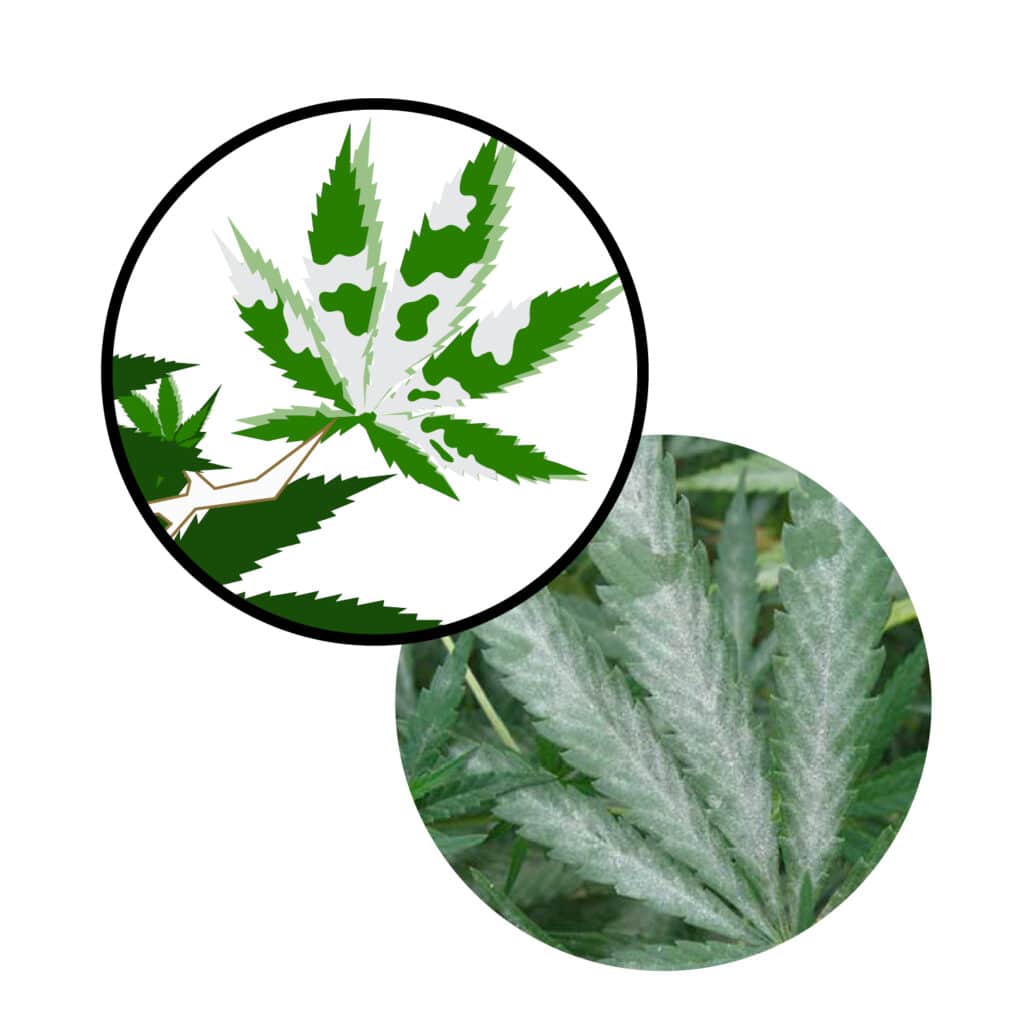
b.) Pests – Unmanaged pests can quickly destroy a beautiful crop. Some common pests you may encounter are the following: aphids, thrips, spider mites, fungus gnats, and whiteflies. Pest damage on the leaves of plants can often be confused with nutrient deficiencies. So, to protect your plants against pests, closely inspect the bottom side of your leaves for eggs. The sooner you catch a pest infiltration, the sooner you can remedy the issue with a variety of suitable controls. For specific pest management advice, contact your local garden supply store, or our team at Grow Your Four.
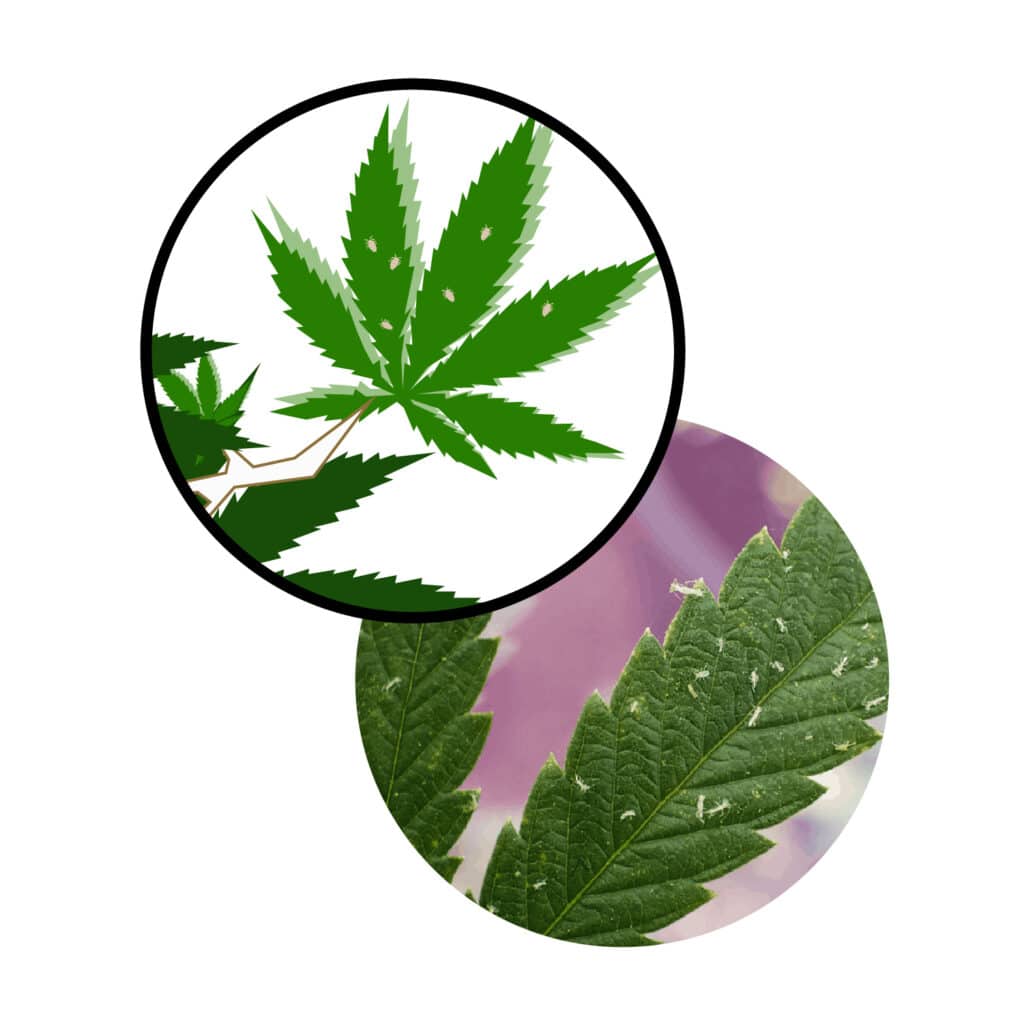
c.) pH/PPM – It is imperative to measure and collect data throughout the flowering period. pH and PPM are two measurements that should not be overlooked. To ensure your crop remains healthy and happy, measure both the pH and PPM of your nutrient solution before you irrigate your plants. Keep your pH within a range of 6.0 – 6.5; and, follow the PPM recommendations of your feeding program as you move throughout the flowering period. Also, measure your plant’s runoff to make sure your crop is absorbing nutrients within an acceptable range. To learn more about testing your plant’s runoff, read our blog: How to Test the pH of Your Runoff.

Conclusion
Follow the steps above to enhance the quality and quantity of your crop during the flowering period. What this stage of growth lacks in action, it makes up for in attention to detail. In short, provide your plants with a consistent environment, feeding routine, and access to supplements and CO2. With these requirements in place, you’ll be well on your way to a successful harvest.
Congratulations on growing cannabis at home! Join us for more information about growing cannabis at home. For more tips on managing your garden during the flowering stage, contact our team at Grow Your Four.
Join us for more information about growing cannabis at home! For more tips on transplanting your cannabis seedlings into pots, contact our team at Grow Your Four.
Read More
- Tips on Curing Homegrown CannabisAfter your cannabis is dried and processed, it’s time to think about curing, burping, and re-humidifying your crop to the perfect smoking and vaping consistency.
- How to Trim Cannabis to Perfection in 7 Easy StepsIt’s true – trimming cannabis is one of the most monotonous jobs in the garden. But much the like process of knitting handmade fabrics, hand-trimming
- Grow Your Four’s Guide to Harvesting and Drying CannabisBy the end of week 8, your plants will likely be ready for harvest. Harvesting cannabis involves the important process of carefully drying plants to

